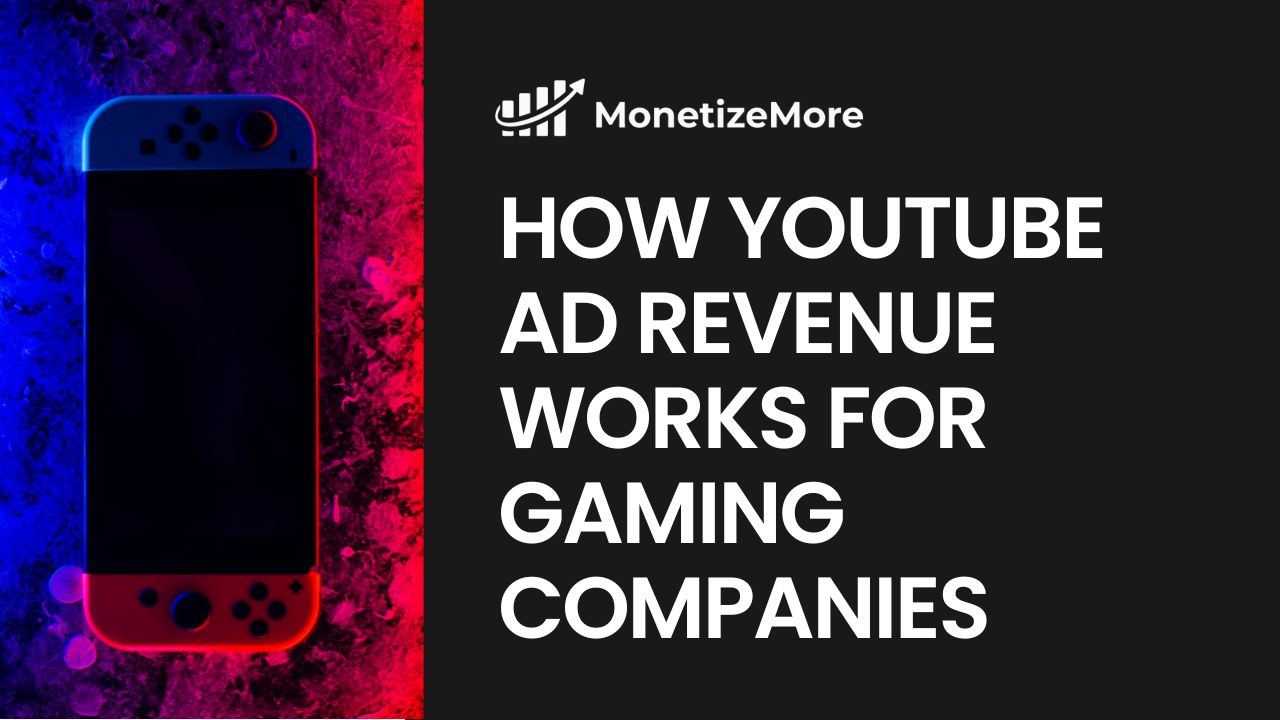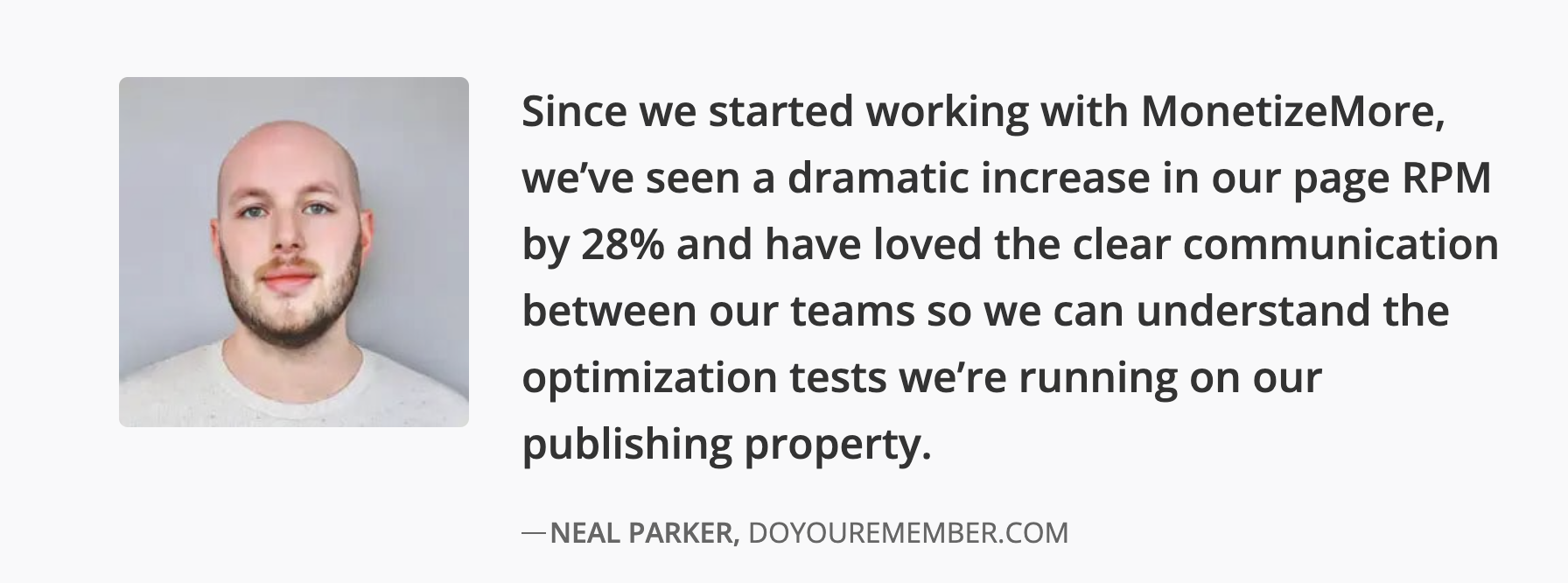
This post was most recently updated on May 6th, 2025
In 2025, YouTube remains one of the most powerful platforms for creators and companies alike. Data from Statista reveals that in the fourth quarter of 2024 alone, YouTube’s worldwide advertising revenues amounted to $10.4 billion, representing a 17% increase from Q3 2024.
Thanks to the YouTube Partner Program (YPP), companies with channels on the platform can create content that allows them to get a slice of the pie. Some estimates indicate that the average YouTube channel earns around $18 per 1,000 ad views, though this can vary widely depending on audience, niche, and engagement. Top gaming creators, like xQc and Markiplier, for instance, earn millions in revenue annually. According to Forbes, in 2024, their channels raked in revenues of about $36 million and $32 million, respectively.
For gaming companies–from blockbuster game developers like Rockstar Games to real-money iGaming platforms such as ACR Poker—YouTube isn’t just a marketing channel. It’s a dynamic ecosystem where visibility, engagement, and revenue opportunities collide. Understanding how ad revenue functions on YouTube can provide valuable insight into how these brands are navigating and monetizing the digital video space.
As we hinted earlier, the YPP is at the heart of YouTube’s monetization system. Through this program, eligible creators can earn money from various ad formats, including skippable and non-skippable ads, display banners, mid-rolls, and even YouTube Premium subscriptions. Revenue is typically shared 55/45, with creators receiving 55% of ad revenue and YouTube keeping the rest.
Ad revenue is primarily driven by CPM (cost per mille), or the amount advertisers pay per 1,000 views. As we previously discussed, hot-topic, high-paying sectors command more than oversaturated niches. Gaming content, in particular, tends to enjoy higher-than-average CPM rates, with Shopify estimating that gaming content can fetch an average rate of about $4.55 compared to music-related content, which averages around $1.36. Factors like video length, viewer location, and content rating also influence earnings.
Gaming companies in the online gambling sector face a slightly different landscape. For brands like Americas Cardroom, YouTube provides a useful outlet to grow brand awareness, share tutorials, and promote high-stakes tournament streams, but monetization is trickier.
YouTube’s strict content policies around gambling mean that ad revenue can be limited or even disabled. Videos must often be age-restricted and regionally targeted to comply with local laws, which can severely restrict ad reach. In many cases, Americas Cardroom and similar companies rely more on affiliate marketing, sponsorship deals, and influencer partnerships than direct ad revenue.
Despite these hurdles, Americas Cardroom has built a strong presence by working with charismatic, high-profile poker players to create relatable, engaging content. Case in point, the online poker provider’s most popular video follows ACR Pro Chris Moneymaker as he makes a legendary run to the final table of a $25,000 poker tournament at Triton Montenegro. Additionally, the channel highlights massive wins from games like its Mystery Bounty Poker tournament and even offers beginner guides that organically attract a loyal following.

Beyond monetization, YouTube acts as a visibility booster for gaming companies. Take Rockstar Games as an example. The studio’s YouTube channel isn’t focused on monetizing ads—most of its content is promotional, such as trailers or developer updates. Instead, Rockstar benefits massively from the millions of gameplay videos uploaded by fans and influencers. These third-party uploads are monetized by their respective creators, but Rockstar gains significant indirect revenue from them.
Consider this: only a single trailer has been released teasing the much-awaited Grand Theft Auto VI. Given the game’s massive fanbase, it should come as no surprise that the trailer broke records, becoming the most-liked and second-most-viewed video game trailer of all time on YouTube. Despite the lack of any other promotions, the gaming world is still abuzz about GTA VI’s upcoming release. Meanwhile, content creators keep GTA Online alive with mods, stunts, roleplay series, and livestreams, many of which go viral and generate millions of views. While Rockstar doesn’t take a cut of the ad revenue from these videos, the ongoing exposure drives microtransaction sales and keeps the game in public consciousness.
Of course, YouTube’s monetization model isn’t risk-free. Copyright claims, Content ID flags, and sudden policy changes can jeopardize revenue. Gaming videos often include soundtracks or cutscenes that trigger claims, while gambling content is subject to demonetization or even removal in certain countries. For companies in the gaming industry, navigating these risks requires strategic planning—ensuring content complies with platform rules, leveraging community creators, and diversifying revenue streams.
Whether the revenue is direct (via ads) or indirect (via user acquisition and brand loyalty), YouTube remains a critical part of the modern gaming ecosystem. Want us to scale your revenue sustainably? Get started here!

With over ten years at the forefront of programmatic advertising, Aleesha Jacob is a renowned Ad-Tech expert, blending innovative strategies with cutting-edge technology. Her insights have reshaped programmatic advertising, leading to groundbreaking campaigns and 10X ROI increases for publishers and global brands. She believes in setting new standards in dynamic ad targeting and optimization.
10X your ad revenue with our award-winning solutions.